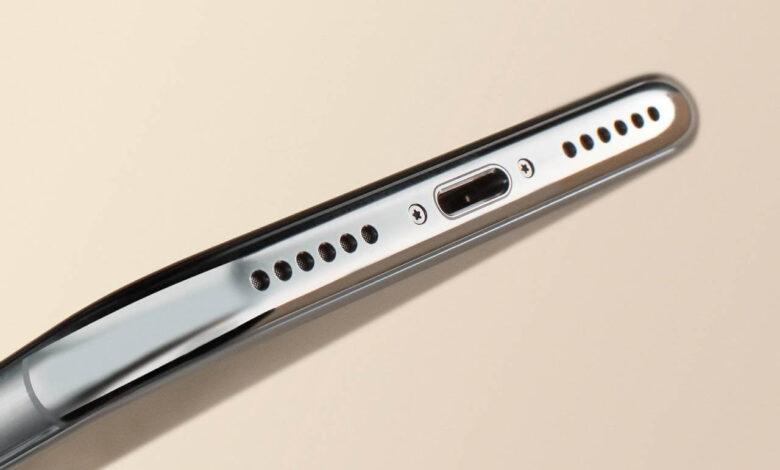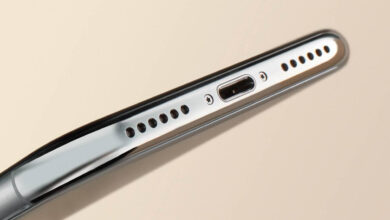Why Does My Phone Only Play Out of One Speaker: Solving Single-Sided Sound Issues

When you find yourself trying to enjoy music or a video on your phone, realizing the sound only comes out of one speaker can be quite frustrating. It’s a common problem that can dampen your media experience, and understanding why it happens is the first step toward fixing it. Several factors can be behind this issue – from simple settings adjustments to potential hardware malfunctions.
Your phone’s Bluetooth settings, for instance, might be causing the problem if it’s mistakenly routing audio as if it’s connected to an external speaker. Checking these settings can sometimes instantly solve the issue. On the other hand, if the sound issue persists with certain apps or while using accessories like headphones, you might be dealing with incorrect audio settings or even a blocked or damaged speaker.
Getting to the bottom of the issue requires a bit of troubleshooting. It’s important to cover all bases, from software settings such as volume balance and sound output selections to checking for any obstructions or dirt in the speaker grills. In some cases, the problem may be more persistent, hinting at an internal fault which can happen after a drop or water damage. In such situations, professional assistance might be your best course of action.
Understanding Phone Speakers
Before diving into the specifics, it’s crucial to recognize that your phone’s audio output relies on the type and functionality of its speakers.
Types of Phone Speakers
- Ear Speaker: This is used for phone calls and is different from the loudspeaker.
- Loudspeaker: Typically located at the bottom or back of your phone, used for media playback and speakerphone calls.
Your phone may have more than one loudspeaker to create stereo sound, which could explain why sound might emit from one speaker but not the other.
How Phone Speakers Work
Phone speakers operate by converting electrical signals into sound waves that you can hear. This is a simplified breakdown:
- Voice Coil: When electric current flows through it, it creates a magnetic field.
- Magnet: Interacts with the magnetic field from the voice coil.
- Diaphragm: Attached to the voice coil, it moves to produce sound waves.
A disruption in this system can result in sound only playing out of one speaker.
Common Causes for One-Speaker Playback
When your phone only plays sound from one speaker, it can be due to various reasons ranging from hardware malfunction to incorrect settings.
Hardware Issues
Obstructions or Dirt Accumulation:
- Check if there is any visible dirt or debris obstructing the speaker grille. Gently clean any obstructions with a soft, dry brush.
- If you’ve dropped your phone or it’s been exposed to water, there might be internal damage causing the issue.
Speaker Failure:
- The speaker itself might be faulty. This can happen due to age, overuse, or after an impact.
Software Problems
System Glitches:
- Temporary software glitches can cause speaker malfunction. Restarting your phone can often resolve these issues.
- Ensure that your phone’s software is up to date as updates can fix known audio issues.
Sound Driver Errors:
- Your phone’s sound drivers might need to be updated or reinstalled. This is often handled automatically by system updates.
Stereo Balance Settings
Incorrect Balance Configuration:
- Head to Settings > Accessibility > Hearing to check if the stereo balance is centered.
- Adjust the slider to ensure balance is equal for both the left and right channels.
Troubleshooting Steps
When your phone only plays audio out of one speaker, it can be frustrating. The following steps are designed to help you identify and potentially fix the issue.
Basic Troubleshooting
Firstly, ensure that your phone’s audio settings are configured correctly. Check that:
- Bluetooth is turned off, as it may be connecting to an external device that takes over the audio output.
- Mono Audio option is disabled, as this will play the same audio through both speakers.
- Volume Balance is centered, ensuring equal sound distribution to both speakers.
Visit Settings > Sound & vibration and adjust as necessary.
Advanced Troubleshooting
If basic checks don’t resolve the issue:
- Reset your phone’s sound settings to default.
- Perform a software update, as some audio issues may be caused by system bugs.
- Restart your device, which can often resolve temporary issues.
Physical Cleaning Techniques
Dirt and debris build-up can obstruct your phone’s speaker:
- Turn off your phone and remove the case if applicable.
- Gently use a soft-bristled brush or compressed air to remove dust from the speaker grills.
- Check for any visible blockages and carefully remove them without pushing them deeper into the speaker.
Regular maintenance can prevent and solve many audio issues.
Professional Repair and Services
When your phone plays sound from only one speaker, it could be due to a hardware issue that requires professional assistance. If you’re not comfortable tinkering with your smartphone, professional repair services are your best bet. Experts can handle the complex task of diagnosing and fixing speaker problems with precision.
- Diagnostic Services: Most repair services begin with a thorough diagnosis to understand the exact problem with your phone.
- Expertise: Skilled technicians have experience with a wide range of smartphone issues, ensuring quality repairs.
- Convenience: With walk-in and mail-in repair options, getting your phone fixed is often convenient and accessible.
Repair Timeframe: Professional services aim to return your phone as quickly as possible, sometimes even on the same day.
Warranty and Guarantee: Many repairs come with a service warranty, giving you peace of mind with the quality of the repair.
Some common professional services to consider are:
- uBreakiFix by Asurion: They offer a free diagnostic and cost estimate before commencing any repairs.
- Authorized Service Providers: Going through your phone manufacturer’s authorized service providers ensures that your device is in knowledgeable hands.
Remember to back up your data before handing your phone over for repair, as your phone may need to be reset or replaced during the process. It’s a small step to avoid losing your precious photos, messages, and contacts.
Prevention and Care for Phone Speakers
Maintaining the longevity of your phone speakers involves a few simple but important steps. By taking preventive measures and caring for the speakers, you can ensure they continue to function correctly.
Keep It Clean: Dirt and debris can easily clog your phone’s speaker grilles. Use a soft, dry brush to gently sweep away any accumulated grime. If needed, a small amount of isopropyl alcohol on a cotton swab can help with sticky residues.
-
Avoid Liquid Damage: Your phone is vulnerable to liquid damage. Be cautious around liquids and avoid submerging your phone in water. If your phone isn’t water-resistant, invest in a waterproof case for times when exposure to water is unavoidable.
-
Mind the Volume: Consistently playing audio at maximum volume can strain the speakers over time. Keep the volume at a moderate level to lessen wear and tear.
Regular Inspections: Occasionally, give your speakers a brief inspection. Look out for any signs of damage, such as a torn speaker cone, which can cause distortion or a decrease in sound quality.
-
Protective Cases: A good protective case can prevent physical damage that might affect your speakers. Choose a case that doesn’t block or muffle the speaker grilles.
-
Temperature Extremes: Prolonged exposure to extreme hot or cold temperatures can harm your phone’s components, including speakers. Don’t leave your phone in places like a hot car or outside in freezing conditions.
Lastly, should you face any issues with your speakers, address them promptly to prevent further damage. Remember, gentle care and routine checks are key to keeping your phone’s speakers in top shape.
